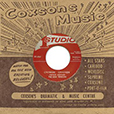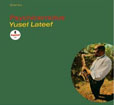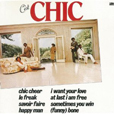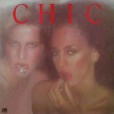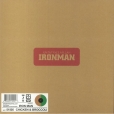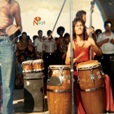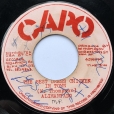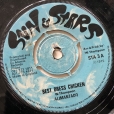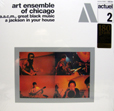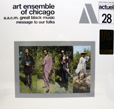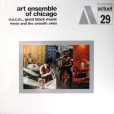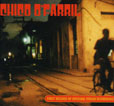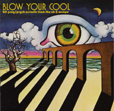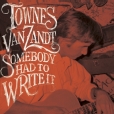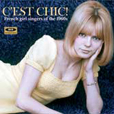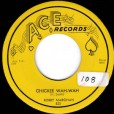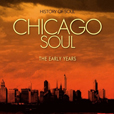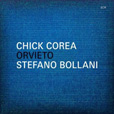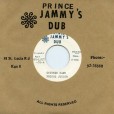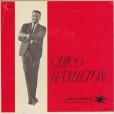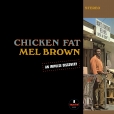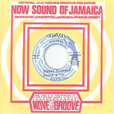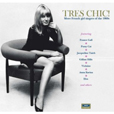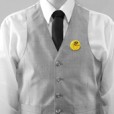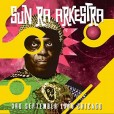Your basket is empty

Scorcher. Ska at the threshold of rocksteady. Mittoo and Dizzy Moore do it to it.
A lovely set from 1965 — taking its own path away from Fire Music, but forwards nonetheless — featuring the under-rated pianist Georges Arvanitas, and the drummer James Black, trumping his brilliant contributions to the Live At Pep’s sessions.
Bamboo Flute Blues and Satie’s First Gymnopedie are ravishing stand-outs.
‘Verve By Request.’
Smoking mid-seventies Latin from Carlos Ruiz’ Ebirac label, headquartered back then in a bustling Puerto Rican community centre on the west side of the city.
‘Great Black Music’, and funny.
Great-fun, expertly-assembled, well-presented collection of ye-ye girl pop, featuring Francoise Hardy (of course) alongside BB, Anna Karina (from the Godard films) and co.
Tough Jammys do-over of Cuss Cuss, with dangerous bass and banging dub, and Junior in no mood for messing. ‘Galong before we chop off your hand.’
With Eric Dolphy.
Wicked little minor-key organ instrumental, with a killer intro and rare toasting by Ramon The Mexican — resident deejay of Harriott’s Musical Chariot Sound System — who later changed his name to Ambelique.
‘One thing is certain about a Sun Ra performance: You never know what to expect. Last week at the Chicago Jazz Festival, he presented a huge troupe of musicians, dancers and acrobats in a veritable circus of improvisation’ (John Litweiler, Chicago Tribune, September 9, 1988).
The entire show as originally broadcast by National Public Radio in the same year.
